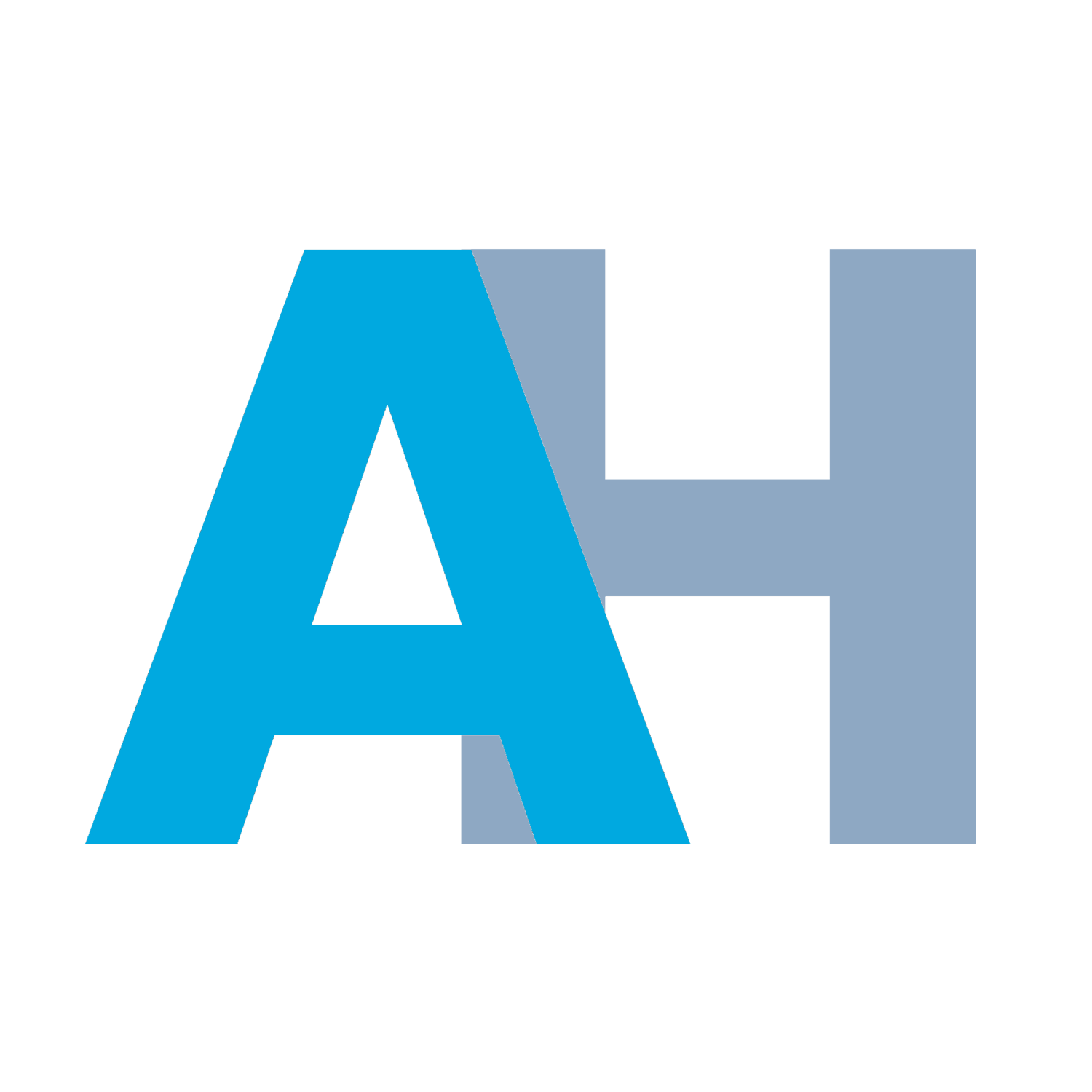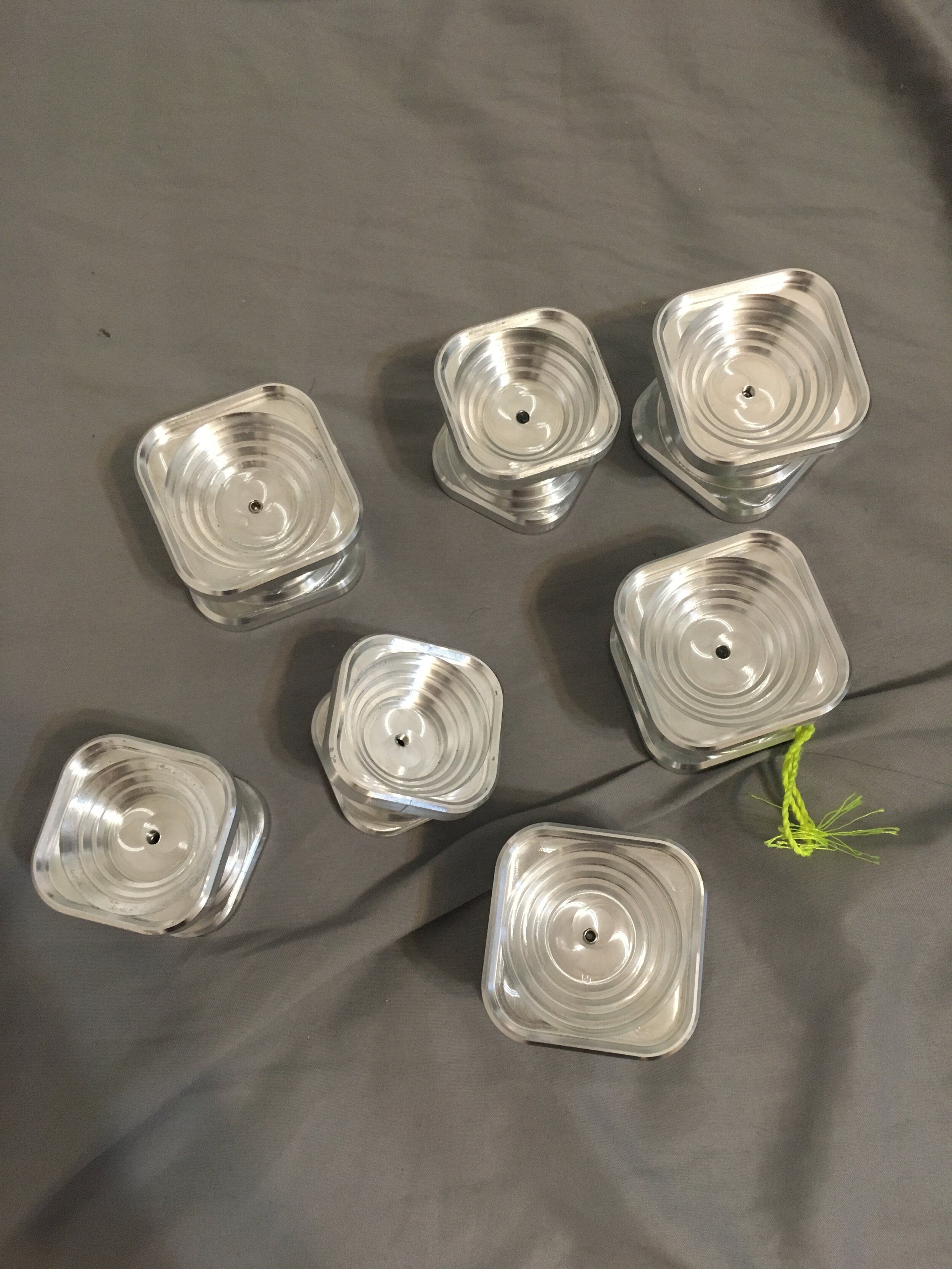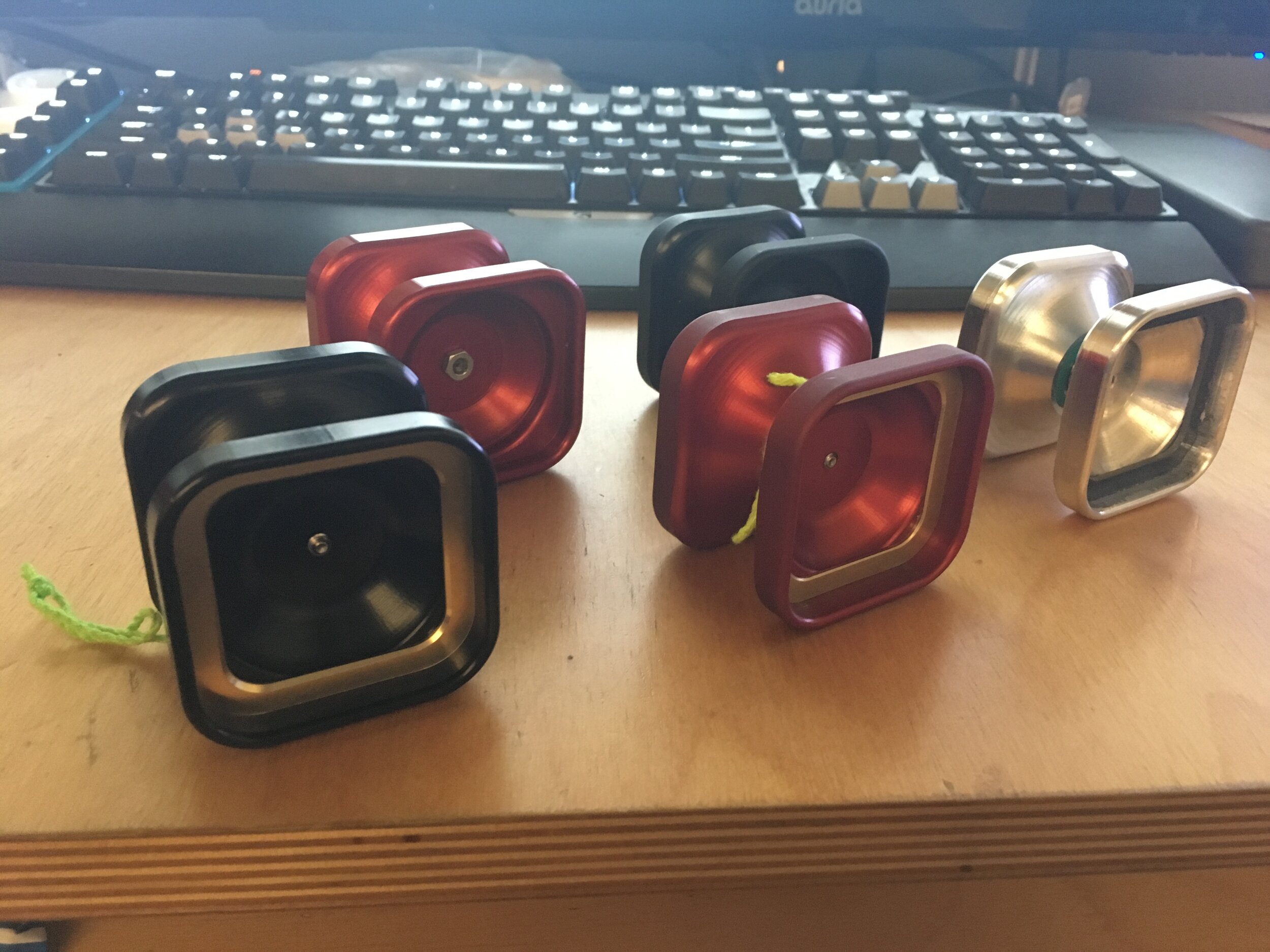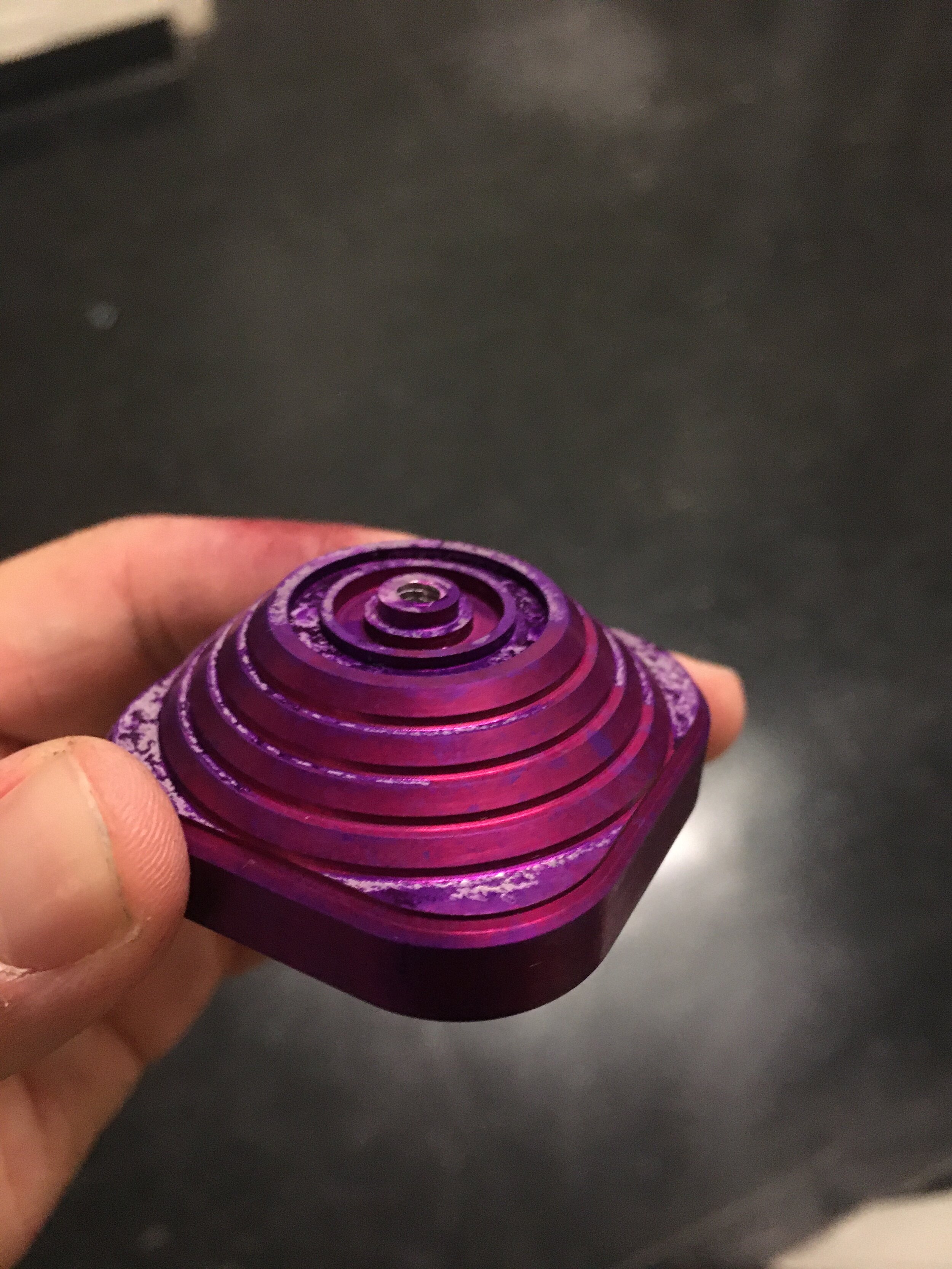Boost Squared
I recently announced that I'd be releasing a new independent yo-yo design, supported by YoYoFactory (my yo-yo sponsor), but with my own manufacturer and under my name. The Boost Squared design has been shuffling around my CAD folder for a long time, and even the physical yo-yos have been collecting dust in a box in my room, and it wasn't until YoYoFactory Ben's April Fool's day joke that I was finally motivated enough to finish this project.
I thought it'd be nice to give a bit of history on my square yo-yo design, as well as more details about what makes the design work!
It all started when I got to MIT as a freshman in 2015. It was my first time having access to 3D printers and machine shops and I knew I had to make yo-yos. I started off by recreating the design of my favorite yo-yo at the time, the Phaser, but out of plastic.
Being a bored freshman and having a silly roommate, we talked about making all sorts of strange yo-yos, one of them being square. And with that stupid idea, 6 hours of printing, and some assembly, my first square yo-yo was born in the fall of 2015, the Squaser.
I didn't think much of it because I was ready to make better, more exciting, competition-optimized designs, and so the yo-yo and the design gathered dust for a while. In fact, at Worlds 2016 in Cleveland, I showed a few people the prototype, and Petr Kavka liked it so much I just told him to keep it cause I could make a new one (spoiler: I never printed another one lol)
Fast forward 3 years to the summer before my senior year (2018). By then I'd designed numerous yo-yos, including the Boost, which YoYoFactory produced and I used to win 2 national titles, and place 2nd at Worlds, I'd designed and produced my own injection molded yo-yos, and machined a bunch of competition oriented (round) yo-yos. It was the end of the summer and I had a few days off between the end of my internship at JPL and returning to MIT and I was thinking about what shenanigans I would be up to that semester. And somehow I got back to thinking about new yo-yo designs.
So you might ask what tools I used to make my yo-yo prototypes at school. You'd probably think a CNC lathe. NOPE! I unfortunately don't have regular access to a CNC lathe, only a bunch of CNC mills. And so all my prototypes, including the original Boost prototypes were all 3d milled and required annoying fixturing. For non-machinists, the tricky thing about making a yo-yo in general is that you need to be able to machine around all 360 degrees of the stock you're making the yo-yo out of. Which means you need to be able to machine most of it, flip it over, hold it securely by the side you machined, and machine the rest, all while keeping it concentric around the bearing. Now holding a round object is doable but annoying as you might be able to read about on some of my round yo-yo blog entries. So bored Alex at home realized that if I made my yo-yo a square, it'd be really easy to machine the square side first, and then hold it in a vice by said square and machine the rest. I happily CADed a mockup and eagerly waited to get back to school to make this creation.
First prototype being machined with speeds and feeds slowed down
You can read more about the process of that particular one in this blog post.
One of the features that makes my square yoyo hyper functional despite it's ridiculous shape is the catch zone. The entire area where the string interacts with the yo-yo body is actually round, and only the rim is square. This means that you don't feel the squareness of the yo-yo on the string. Another problem with making square yo-yos is the clocking of the two halves when they're screwed together. It'd be kinda weird to have a square yo-yo where the two halves were misaligned, and so for the first prototype I opted to use two nuts so I could guarantee clocking. In the end, I found that with both halves threaded and with enough thread engagement, you can simply tighten the halves up to an extra 90 degrees, deforming the threads, and clocking the yo-yo properly.
Another year passed, and I made more silly variations for the square, still with no plans to produce them. If you dig around my blog, you can find some pictures/more information about these designs, including bi-metal squares, acrylic hybrid squares, polycarbonate, etc.
Now fast forward to 2019 when I’d started grad school at MIT. I’d toyed around with the idea of mass-producing the square yo-yos, and even offered the design to YoYoFactory. Unfortunately they were concerned with liability insurance and so although they liked the design, they had to pass on it. Although they did say they would try to help me with my endeavor if I chose to go through with it. A few weeks of machine shop communication later and I was actually able to find numerous companies who could produce these yo-yos for me at a reasonable price. And so the production version of the square yo-yo was born. Not much changed from my initial design in 2018.
I designed versions of the yo-yo that were easier to machine, but the machine shops didn’t care because for them the bulk of the cost was actually just material cost, not machine run time. The ones below use chamfered steps to interpolate the profile I wanted, so they can be done by aggressively milling with a flat endmill, and then finishing quickly with a chamfer mill.
The final design was still 3d milled, but as an added bonus I made the yo-yo not actually a square, but a squircle. This is a shape most commonly used by Apple (for the homescreen App shapes, the watch, etc) and was just a little funny twist I put on the yo-yos now that I didn’t have to machine them myself (aka go through the “laborious” process of making a single pair of soft jaws). And so the first prototypes arrived about a month after I ordered them. And they were gorgeous.
Here’s a comparison pic of the first machined one, a test one I did, and the machine shop protos
In early March I received the box of "production ones" aka the batch of 75 yo-yos I ordered with no plan on how to sell them or what to do with them. I simply wanted to get them made so I could decide what to do later. These were sent to me raw because the manufacturer was not able to do the batch of 75 in three different colors and so I figured I would do it myself. Turns out anodizing is hard (learned while the production ones were being machined)
I basically kept Ben from YoYoFactory in the loop the whole way (aka like 3 emails cause everything was fairly hands off), and he made it clear that he'd be happy to help if I ever needed it. That being said, I got the raw yo-yos in March, right in the heart of Uppercut building season and so they just sat in my room. I assembled a few to test but wanted to get my robots in order first.
Then Covid19 hit.
MIT basically shut down, and there was no way for me to get the yo-yos anodized at this time. But I was ok with this. I didn't make any announcements and didn't really have anything to lose. So I left my square yo-yos in a box untouched for about 3 weeks.
Then came April Fool's Day. I was minding my own business, packing up my apartment to ship back home to California (I'm finishing my masters degree in May), when suddenly my phone starts exploding with Instagram notifications. I looked, and there it was. Ben had posted about my square yo-yos. The timing could not have been more perfect. I think that picture might be one of the most liked YoYoFactory pictures in the page. It was hilarious. People couldn't tell if YYF was joking or not. And I jumped on the hype train, and decided it was time to release the beasts. Raw and very soon.
So now I'm working out logistics for how to sell them, and a set release date, but I wanted to provide a little insight on the story behind them in the mean time. I view this run sort of as a pre-production run, and if they do well, I'll make a larger run that's actually anodized! I hope everyone stays safe in these scary times, and I hope the square yo-yos can make people's quarantining just a little more entertaining. More details to come this week.




















